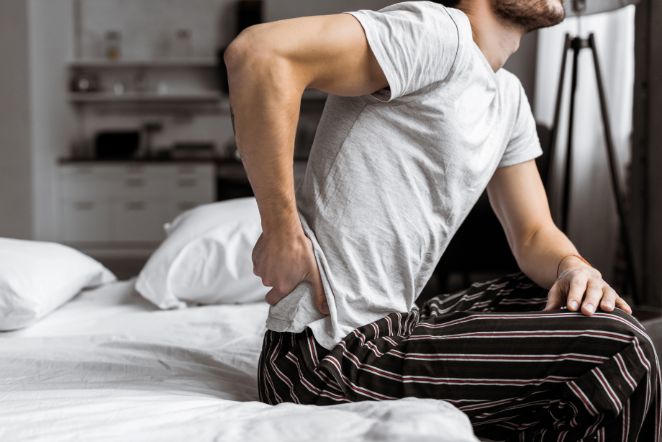Back pain can affect anyone at any age and can be a debilitating experience. It can disrupt your life physically and mentally, causing feelings of helplessness and anger.
It can also make it difficult to think clearly and can cause depression. It can be difficult to work, sleep or even bathe if you’re in pain.
Usually, back pain will go away within a few weeks if you do the right things to relieve it, including resting and taking medication. However, if your back pain persists for more than two weeks or if it gets worse without improving, then we recommend that you seek care as soon as possible.
A doctor will ask about your symptoms and carry out a physical examination to assess whether you have back pain, what part of your body is affected and how severe the pain is. If the doctor believes that your back pain is caused by a serious condition, you might be referred for tests to find out what’s causing it.
Your doctor might order an X-ray or MRI scan to see the shape of your bones and detect signs of arthritis. These images won’t show damage to the spinal cord, muscles or nerves, but they can give a picture of the alignment of your spine.
You might be referred for other tests to find out what’s causing your pain, such as a test to see how well you walk or lift your legs. These tests can help determine where the pain is coming from, how much you can move before it hurts and if you have muscle spasms that are affecting your movement.
Treatments for back pain generally involve taking medicines, staying active and doing exercises that will help you control the pain. These will improve your mobility and reduce the risk of developing more severe problems in the future.

Self-care tips:
Some people find that using heat and ice helps ease their back pain. You can use heat therapy to relax a strained or injured muscle and relieve the pain, while applying an ice pack helps cool down the inflammation that may be present in the affected area.
Exercises to strengthen the core muscles that support your spine are another good way to relieve your back pain and prevent further injury. You can perform these exercises at home or with the guidance of a physical therapist.
Other treatments for back pain include over-the-counter medications, hot/cold compresses and nonsteroidal anti-inflammatory drugs (NSAIDs). You can start these at home to treat your pain while you are waiting to talk to a doctor about your symptoms.
If you need to take NSAIDs, it’s best to talk to your doctor before taking them so that you can avoid side effects or interactions with other medicines. Your doctor might prescribe other medications to treat your pain as well.
It’s a good idea to keep an up-to-date diary of your symptoms and any changes in them. This will help your doctor identify what’s causing your back pain and decide the best treatment for you.









